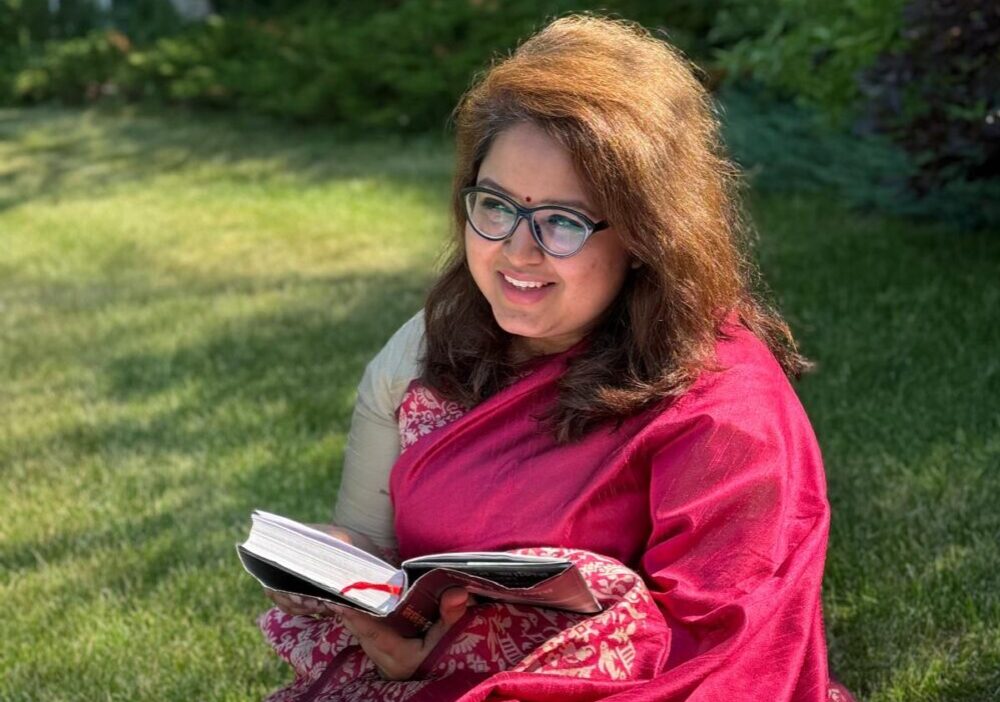In my Grade 3 Social Studies course, I think it is really important for students to interact with each other and with teachers in different ways to make learning more fun and effective. From my own experience, I have seen that communication and teamwork make a big difference in how students learn. There should be an environment where they will learn about the studies and share their opinions and flourish there ideas.
Student and Instructor Interactions in My Course Prototype
In my course, I will use several tools to help students learn and interact with each other. The first tool I will use is Canvas. On Canvas, I will post different materials related to social studies, including video lectures, educational videos, and articles. Students will also complete assignments, worksheets, and quizzes on Canvas. This platform will be very important for managing learning activities.
The second tool I will use is Zoom. Through Zoom, students will participate in live (synchronous) classes where they can interact with each other and with me. Sometimes, I will divide them into small groups so they can discuss what they have learned during the week. This will help students share their ideas and understand the topics better.
Another tool I will include is Google Maps and Google Arts & Culture. These tools will allow students to explore different communities and learn about various places in an interactive way. They will also have discussions based on what they discover.
I will also use Padlet, which is a great tool for collaboration and idea sharing. Students can post their thoughts, comment on each other’s ideas, and work together on different topics.
Finally, I will use Google Slides for student presentations. This will give them a chance to express their learning creatively. I am excited to see how students use Google Slides to showcase their knowledge in unique and engaging ways.
These tools will make learning more interactive, engaging, and enjoyable for students while allowing them to develop important digital skills.
While exploring the insights shared by Michael Wesch and the readings on online collaborative learning, I discovered several key takeaways that can greatly improve my approach to teaching in digital spaces. I plan to share some short videos with my students.
For assessment, I have chosen two things. The first is formative assessment, which is ongoing in the class. Sometimes, students will have a discussion on a topic and do Think-Pair-Share. Then, they will complete KWL charts, followed by a digital reflection using Google Docs or drawing apps. They will also do matching or sorting activities and participate in a storytelling circle.
The second is summative assessment. A summative assessment is a type of final assessment, but it is important. For this, I have assigned an illustrated storybook on community life. Students can draw, write, or create a presentation about their daily life. Different communities can share their cultural presentation through slides, posters, or video recordings. There will also be an interactive map project, journal entries, and role-play activities.


Hi Shobarna, The variety of exercises, such as dialogues, stories, and online observations, will improve their understanding of subjects. Additionally, your evaluations are imaginative and provide students with a variety of opportunities for illustrating their learning. They will find learning more engaging and significant as a result. This is a wonderful approach to teaching Social Studies! I like how you are using different tools like Canvas, Zoom, Padlet, and Google Maps to make learning more fun and interactive. It’s great that students will have many ways to share their ideas and work together. Well done.
Hi Shobarna,
Your approach to making Social Studies engaging is inspiring! The emphasis on interactive and inquiry-based learning really aligns with how students learn best—by exploring, questioning, and making connections to their own lives. I especially liked your focus on fostering critical thinking rather than just memorizing facts. Have you found any particular strategies or tools that work best for encouraging deeper discussions in your classroom? Also, how do you navigate potential challenges, such as students who might be less inclined to participate in open discussions? Your passion for making Social Studies meaningful really comes through, and I’d love to hear more about how your students respond to these methods!
Hi, I love your approach to making social studies more fun for learners at this grade level. I am seriously interested in knowing how these grade 3 learners will respond and practically use these resources, particularly the Padlet and Google Slides.
Thanks for the post! You have a lot of different material planned. Good for you! I’m just wondering how well grade 3s will respond to so many different formats. I’m sure you know your students best though! In grade 3 they are what, 8-9 years old? Children are so technologically savvy now that it will most likely not be an an issue, as long as they have access to technology.
How well do you think the students will work in breakout rooms? I’m having a bit of hard time picturing this, but I’m sure you have a plan!